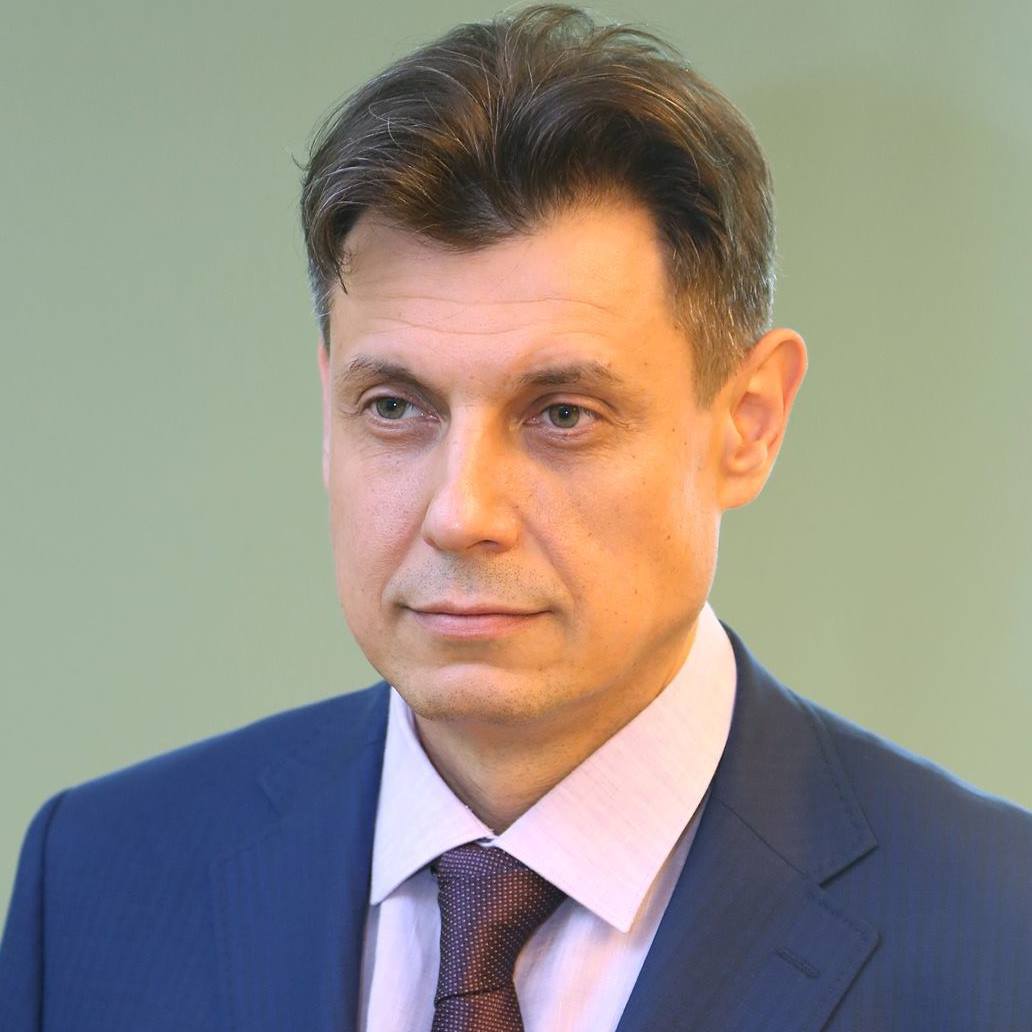Recently, Ukrzaliznytsia (UZ) announced an ambitious project of high-speed trains (300-350 km/h) to the largest cities: Kyiv, Lviv, Kharkiv, and Odesa. According to Volodymyr Zhmak, Chairman of the Board of JSC “Ukrzaliznytsia”, UZ will look for an investor interested in the concession approach for its implementation.
Let’s briefly analyze whether it is possible to implement a high-speed rail project in Ukraine and what the concessionary terms mean for investors.
According to the generally accepted meaning of concession, it is a type of cooperation, in which investors create or reconstruct state-owned infrastructure. Instead, they are permitted to operate facilities for a fee for a certain period of time. Usually, this period is limited and determined by the contract at the planning stage. For example, Taiwan’s high-speed railway built with private investment is to become state-owned after 68 years of operation.
The attraction of private investors for high-speed rail (hereinafter — HSR) projects is widely used in many countries around the world, as it involves not only a high-tech but also extremely expensive transport mode in terms of specialized infrastructure construction. For example, Spain spent 31 billion euros, France — more than 38 billion euros, Italy — almost 32 billion euros, and Germany — 28.5 billion euros to implement such a project. China has already spent $1.2 trillion to build high-speed lines and is still a record-holder.
It is estimated that the project in Ukraine will cost at least 60 billion euros. HSR trains cannot operate on Ukrainian railway lines. This requires tracks with wider turning angles so that trains do not derail at high speeds. It will be necessary to build separate new routes corresponding to all high-speed rail standards between the announced cities. For example, there is a mountain section on the Kyiv-Lviv HSR route, so new tunnels and railway overpasses should be additionally provided there. All this requires significant capital investment in construction.
Moreover, the project of high-speed routes requires new trains, the price of which is many times higher than the price of Ukrainian “Tarpans” and much higher even than the currently operated Hyundai trains. The cost of such an HSR train with a total of 350 seats, ie almost twice less than in Hyundai trains, is about $20-25 million. Its annual maintenance will cost almost $1.2 million. At least ten trains should be purchased for the announced routes.
Also, the maintenance of 1 km of railway tracks (it is about $100 thousand) should be taken into account. It is estimated that at least 2,000 km of new railways will be needed to connect the announced cities.
The project announced by Ukrzaliznytsia proposes to use existing railway stations. According to Volodymyr Zhmak, the first project stage is a station concession. It covers Kyiv, Odesa, and Kharkiv railway stations. It is also planned to involve the Lviv station. The project provides transforming them into large shopping centers, where about 60% of visitors are not passengers but visitors.
However, it’s not that simple. These stations are located within the city. This means that a high-speed train must run at a permitted speed on existing tracks in the city. This, in turn, will significantly increase the travel time and reverse the high-speed rail idea as such. The second option is the construction of new infrastructure of separate tracks within the city. It looks too unrealistic right now. That is why separate stations are built on the outskirts of cities for high-speed rail lines in other countries.
In general, the HSR project looks quite ambitious, as Ukrzaliznytsia itself claims. However, it is not because of the construction activities and the size of external investments involved. The real issue is the feasibility of such a project. According to UZ, passenger transportation remains unprofitable from year to year. According to the report for January-October 2020, the cost of intercity passenger transportation amounted to UAH 5.66 billion, and revenues — only UAH 1.7 billion, ie the operating result was (-3.94). In 2019, expenditures amounted to UAH 15.4 billion, revenues — 9.2, so the operating result was (-6.3). It is still unclear whether the new routes will be profitable.
However, Ukrzaliznytsia can increase the speed of trains to 180 km/h on existing tracks. These are Intercity trains, which can currently run at 170 km/h on some sections and usually run at 90 km/h. As Intercity trains run on the same tracks as cargo trains, railway tracks constantly require adjustments and minor repairs. For this purpose, a track-testing car that checks a grading of track deformed under the weight of cargo cars should run on the track first.
However, today the level of infrastructure deterioration is critical. 34% (over 9 thousand km) of the almost 27 thousand km of main tracks need major repairs and reconstruction. In 2020, UZ repaired less than 2%. Additionally, station and special tracks also need major repairs and reconstruction. Last year, the need for their repair was met by less than 1%.
It should be noted that the implementation of the high-speed routes project requires the introduction of a free market of railway transportation in Ukraine. There are prerequisites for this. The draft laws “On Railway Transport of Ukraine” and “On the National Commission for State Regulation of Transport” have already been registered in the Verkhovna Rada. Their task is unbundling, ie the division of Ukrzaliznytsian into cargo, passenger, and infrastructure operators. Only the infrastructure will remain fully nationally owned, while market conditions will be created for other operators and it will be possible to attract private investors.
Ukraine will not be able to afford the implementation of the high-speed rail project within its budget for the next ten years. But even if we assume that there will be an investor who is ready to cooperate on concessionary terms within the current legal framework, it is completely unclear why they need Ukrzaliznytsia for this.
Source: mintrans.news
